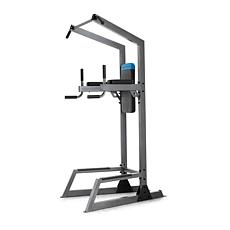

Main article: History of the Hindu–Arabic numeral system Hoefler Text, a typeface designed in 1991, represents the numeral 1 as similar to a small-caps I. As a digit The 24-hour tower clock in Venice, using J as a symbol for 1 This Woodstock typewriter from the 1940s lacks a separate key for the numeral 1. It is also the only natural number that is neither composite nor prime with respect to division, but is instead considered a unit (meaning of ring theory). One is also the result of the empty product, as any number multiplied by one is itself. As a result, 1 is its own factorial, its own square and square root, its own cube and cube root, and so on. It is thus the integer after zero.Īny number multiplied by one remains that number, as one is the identity for multiplication. One, sometimes referred to as unity, is the first non-zero natural number. Ĭompare the Proto-Germanic root *ainaz to Old Frisian an, Gothic ains, Danish en, Dutch een, German eins and Old Norse einn.Ĭompare the Proto-Indo-European root *oi-no- (which means "one, single") to Greek oinos (which means "ace" on dice), Latin unus (one), Old Persian aivam, Old Church Slavonic -inu and ino-, Lithuanian vienas, Old Irish oin and Breton un (one). The Proto-Germanic root *ainaz comes from the Proto-Indo-European root *oi-no. One comes from the English word an, which comes from the Proto-Germanic root *ainaz.
#Proform power tower pro#
Finally, one is a noun when it refers to the number one as in one plus one is two and when it is used as a pro form, as in the green one is nice or those ones look good. One is also a pronoun used to refer to an unspecified person or to people in general as in one should take care of oneself. One is most commonly a determiner used with singular countable nouns, as in one day at a time. It commonly denotes the first, leading, or top thing in a group.

The unique mathematical properties of the number have led to its unique uses in other fields, ranging from science to sports. Additionally, 1 is the smallest possible difference between two distinct natural numbers. 1 is by convention not considered a prime number this was not universally accepted until the mid-20th century. In advanced mathematics, a multiplicative identity is often denoted 1, even if it is not a number. Most if not all properties of 1 can be deduced from this. The fundamental mathematical property of 1 is to be a multiplicative identity, meaning that any number multiplied by 1 equals the same number. It is also sometimes considered the first of the infinite sequence of natural numbers, followed by 2, although by other definitions 1 is the second natural number, following 0. In conventions of sign where zero is considered neither positive nor negative, 1 is the first and smallest positive integer. For example, a line segment of unit length is a line segment of length 1. 1 is also a numerical digit and represents a single unit of counting or measurement. 1 ( one, unit, unity) is a number representing a single or the only entity.


 0 kommentar(er)
0 kommentar(er)
